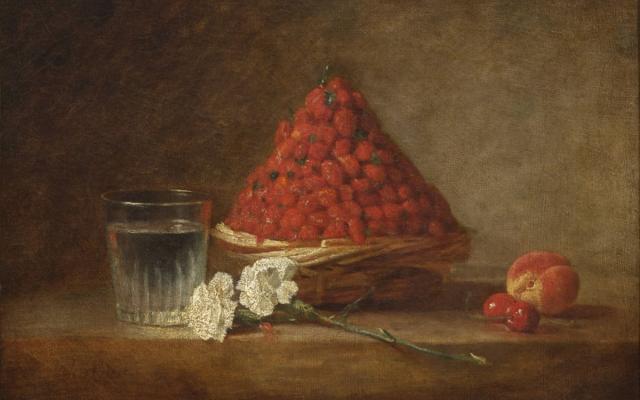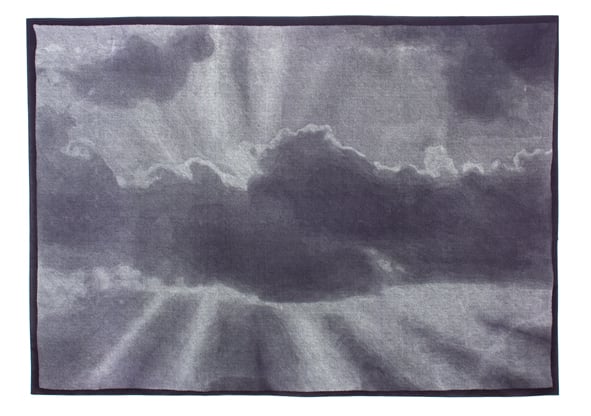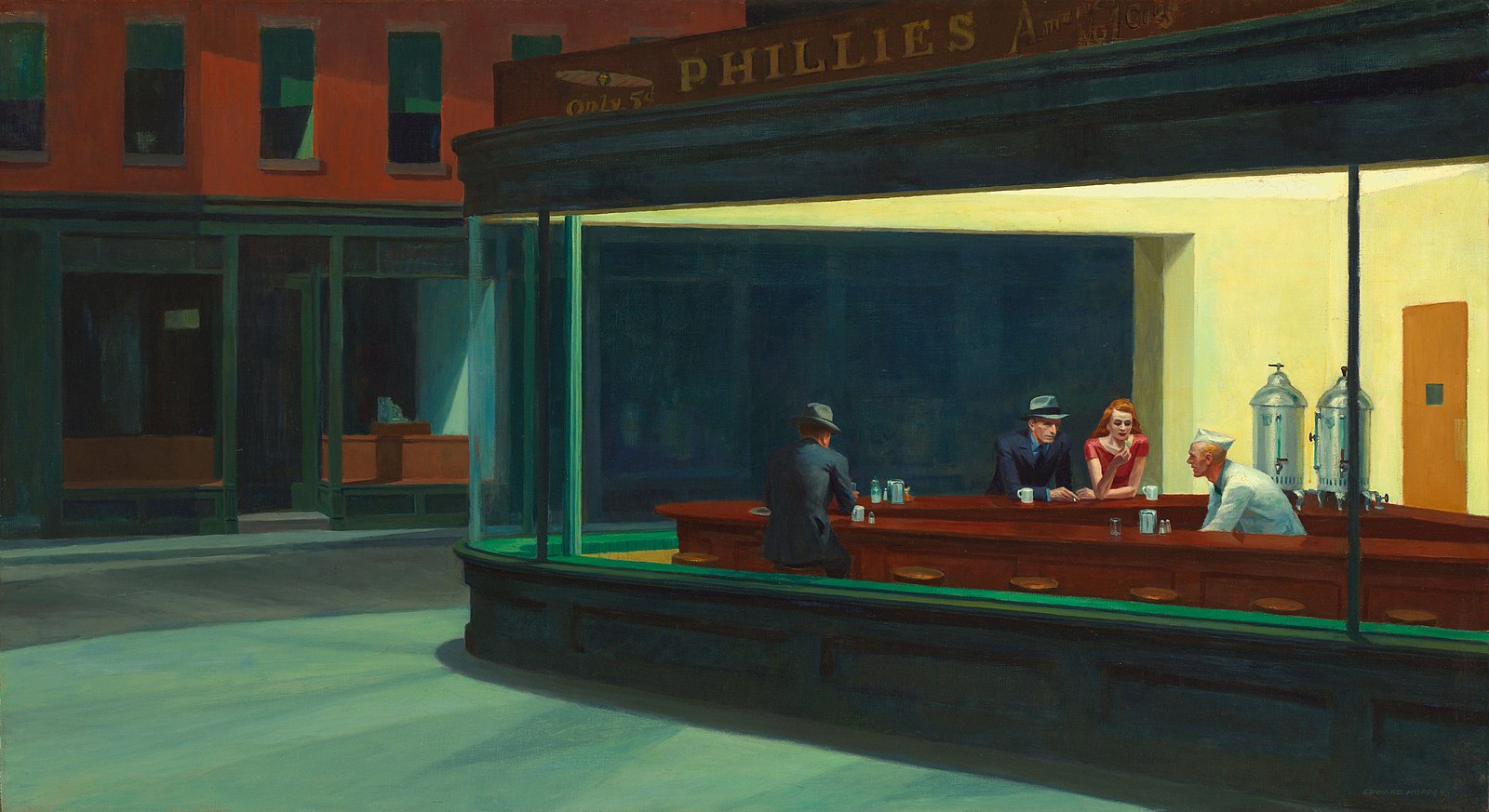Too Many Names
2020 - Painting (Painting)
152.4 x 182.88 cm
Troy Chew
Too Many Names by Troy Chew is a patchwork of contemporary Black culture and resistance, including hand-sewn symbols and patterns found in the coats of arms of the kings of the Dahomey region (now Benin) that ruled from 1600-1900. This painting is part of the series Out the Mud, a longterm project in which the artist explores African American history through the lens of traditional mudcloth techniques found in the West African countries involved in the Transatlantic-slave trade. The title of the series references the technique and materials for making mudcloth. The process is passed down generationally, and oftentimes, unique pattern meanings are known only to small communities of people. Certain elements of the painting are recognizable as memetic scenes of contemporary Black subjugation. The scenes in the top left and bottom right depict singular Black figures being held at gunpoint by uniformed figures. One image references Adam Brown, who was kicked from behind during his false arrest in Sacramento. The other illustrates the police shooting of Jacob Blake, who woke up paralyzed and handcuffed to his hospital bed. Chew’s intentional obliteration of the subjects’ faces speak to the reality that these men are interchangeable for countless more, including the artist himself. The brightly-colored, hand-sewn appliqués are totems of Abomey (Benin); they include arms, a lion, and a fish with sharp teeth. These patterns are rich in cultural significance, referring to historical battles, mythological concepts, or Malian proverbs. Historically, the most frequent use of mudcloth in the Dahomey region was in the transcription of a king’s allegorical identity (wild animals that represented strength or wisdom) and his conquests, battles, and weaponry.
Spanning painting, drawing, and sculpture, Troy Chew’s practice reflects on the legacy of the African diaspora through the lens of urban culture. His work often compares and contrasts historical African culture and traditions to contemporary Black culture through the depiction of black bodies, objects, oppressions, and uprisings. Methodically unpacking systems of coded language throughout the diaspora, Chew’s work makes proposals for how these modes of communication might be translated or mistranslated.
Colors:
Related works sharing similar palette
» see more

© » ART & OBJECT
The Louvre Raises Funds to Keep Chardin Painting in France | Art & Object Skip to main content Subscribe to our free e-letter! Webform Your Email Address Role Art Collector/Enthusiast Artist Art World Professional Academic Country USA Afghanistan Albania Algeria American Samoa Andorra Angola Anguilla Antarctica Antigua & Barbuda Argentina Armenia Aruba Ascension Island Australia Austria Azerbaijan Bahamas Bahrain Bangladesh Barbados Belarus Belgium Belize Benin Bermuda Bhutan Bolivia Bosnia & Herzegovina Botswana Bouvet Island Brazil British Indian Ocean Territory British Virgin Islands Brunei Bulgaria Burkina Faso Burundi Cambodia Cameroon Canada Canary Islands Cape Verde Caribbean Netherlands Cayman Islands Central African Republic Ceuta & Melilla Chad Chile China Christmas Island Clipperton Island Cocos (Keeling) Islands Colombia Comoros Congo - Brazzaville Congo - Kinshasa Cook Islands Costa Rica Croatia Cuba Curaçao Cyprus Czechia Côte d’Ivoire Denmark Diego Garcia Djibouti Dominica Dominican Republic Ecuador Egypt El Salvador Equatorial Guinea Eritrea Estonia Eswatini Ethiopia Falkland Islands Faroe Islands Fiji Finland France French Guiana French Polynesia French Southern Territories Gabon Gambia Georgia Germany Ghana Gibraltar Greece Greenland Grenada Guadeloupe Guam Guatemala Guernsey Guinea Guinea-Bissau Guyana Haiti Heard & McDonald Islands Honduras Hong Kong SAR China Hungary Iceland India Indonesia Iran Iraq Ireland Isle of Man Israel Italy Jamaica Japan Jersey Jordan Kazakhstan Kenya Kiribati Kosovo Kuwait Kyrgyzstan Laos Latvia Lebanon Lesotho Liberia Libya Liechtenstein Lithuania Luxembourg Macao SAR China Madagascar Malawi Malaysia Maldives Mali Malta Marshall Islands Martinique Mauritania Mauritius Mayotte Mexico Micronesia Moldova Monaco Mongolia Montenegro Montserrat Morocco Mozambique Myanmar (Burma) Namibia Nauru Nepal Netherlands Netherlands Antilles New Caledonia New Zealand Nicaragua Niger Nigeria Niue Norfolk Island Northern Mariana Islands North Korea North Macedonia Norway Oman Outlying Oceania Pakistan Palau Palestinian Territories Panama Papua New Guinea Paraguay Peru Philippines Pitcairn Islands Poland Portugal Puerto Rico Qatar Romania Russia Rwanda Réunion Samoa San Marino Saudi Arabia Senegal Serbia Seychelles Sierra Leone Singapore Sint Maarten Slovakia Slovenia Solomon Islands Somalia South Africa South Georgia & South Sandwich Islands South Korea South Sudan Spain Sri Lanka St...
Related works found in the same semantic group
» see more

© » KADIST
James Collins
2013These two large format untitled paintings by James Collins feature the artist’s hallmark technique, which transforms abstraction into an optical illusion that creates dimension, space, and mass...

© » KADIST
Chloé Quenum
2017The stained glass windows of Chloé Quenum’s Les Allégories evoke the sacred and describe the movement of a rooster in the form of patterns extracted from a wax fabric found in Benin...

© » KADIST
Melvin Moti
2015Cluster Illusion examines the brain’s tendency to recognize a pattern as something abstract...

© » DIANE PERNET
Dutch Emerging: Ruben Janssen X GRA Fashion Bachelor 2023 – A Shaded View on Fashion From the back to the middle and around again — Ria’s wedding dress, Alan’s patterns and John’s model: ‘My project is an investigation into evolution, explored through prisms of biology, computation and a poetic personal narrative, shifting between timescales on an evolutionary timeline...



